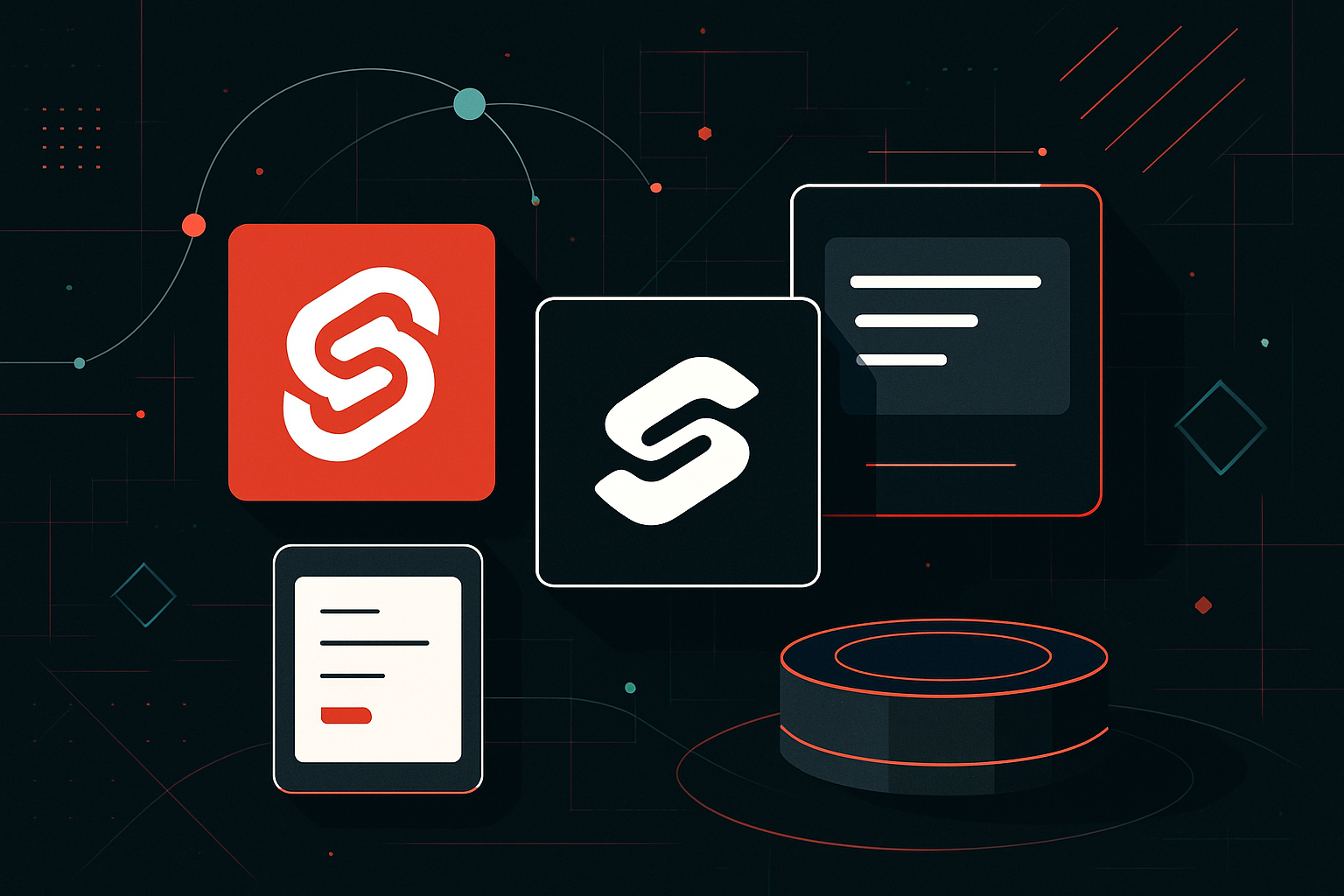Understanding Cloud-Native Architecture

Understanding Cloud-Native Architecture
Core Principles of Cloud-Native Architecture
Cloud-native architecture is designed to fully leverage the benefits of cloud environments. It is built on several core principles that differentiate it from traditional application architectures:
-
Microservices: This approach involves breaking down applications into smaller, independent services that can be deployed, updated, and scaled independently.
-
Containers: Containers encapsulate applications and their dependencies, ensuring consistent operation across different environments.
-
Dynamic Orchestration: Tools like Kubernetes manage the lifecycle of containers, ensuring optimal resource utilization and reliability.
-
DevOps and Continuous Delivery: Automation of software delivery and infrastructure changes promotes rapid iteration and high quality.
-
API-First Design: APIs are designed from the beginning to ensure services can easily communicate and integrate with each other.
-
Resilience and Observability: Applications are designed to gracefully handle failures, with built-in monitoring and logging to track performance and issues.
Technical Components and Tools
Microservices Architecture
- Design Approach: Each service is focused on a specific business capability, allowing for independent development and deployment.
- Benefits:
- Improved scalability
- Faster deployment times
- Easier maintenance
| Microservice Component | Functionality | Example Technology |
|---|---|---|
| API Gateway | Manages requests from clients | Kong, Apigee |
| Service Discovery | Locates instances of services | Consul, Eureka |
| Circuit Breaker | Handles service failures gracefully | Hystrix, Resilience4j |
Containerization
- Key Tools:
- Docker: Standardizes application packaging.
-
Podman: A daemonless container engine for managing OCI containers.
-
Practical Example:
bash
# Dockerfile example
FROM node:14
WORKDIR /app
COPY . .
RUN npm install
CMD ["node", "app.js"]
Orchestration
-
Kubernetes: Automates deployment, management, and scaling of containerized applications.
-
YAML Configuration: Defines deployment specifications.
yaml
apiVersion: apps/v1
kind: Deployment
metadata:
name: nginx-deployment
spec:
replicas: 3
selector:
matchLabels:
app: nginx
template:
metadata:
labels:
app: nginx
spec:
containers:
- name: nginx
image: nginx:1.14.2
ports:
- containerPort: 80
Continuous Integration and Continuous Deployment (CI/CD)
-
CI/CD Pipelines: Automate building, testing, and deploying software.
-
Popular Tools:
- Jenkins: An open-source automation server.
- GitLab CI/CD: Integrated directly with GitLab repositories.
-
Pipeline Example:
“`yaml
# .gitlab-ci.yml
stages:- build
- test
- deploy
build-job:
stage: build
script:
– npm install
test-job:
stage: test
script:
– npm test
deploy-job:
stage: deploy
script:
– kubectl apply -f deployment.yaml
“`
Best Practices for Cloud-Native Development
-
Stateless Services: Design services to be stateless to enhance scalability and reliability.
-
Environment Parity: Maintain consistency across development, staging, and production environments using containers.
-
Infrastructure as Code (IaC): Use tools like Terraform or AWS CloudFormation to manage infrastructure through code.
-
Security: Implement security best practices such as using network policies in Kubernetes and securing API endpoints.
-
Monitoring and Logging: Use tools like Prometheus and Grafana for monitoring, and ELK Stack (Elasticsearch, Logstash, Kibana) for logging.
Common Challenges and Solutions
-
Complexity Management: Microservices can lead to increased complexity. Use service mesh solutions like Istio to manage communication between services.
-
Data Management: Handling data consistency across services can be challenging. Consider event-driven architectures or eventual consistency models.
-
Networking: Ensure efficient service-to-service communication using tools like Envoy or Linkerd.
-
Cost Optimization: Regularly review resource use and optimize workloads to reduce cloud costs.
Comparative Summary
| Traditional Architecture | Cloud-Native Architecture |
|---|---|
| Monolithic applications | Microservices |
| Physical or virtual servers | Containers |
| Manual scaling and deployment | Automated orchestration |
| Infrequent updates | Continuous delivery |
| Limited fault tolerance | Built-in resilience |
By understanding cloud-native architecture, organizations can build scalable, resilient, and flexible applications that fully utilize the capabilities of modern cloud environments.





0 thoughts on “Understanding Cloud-Native Architecture”